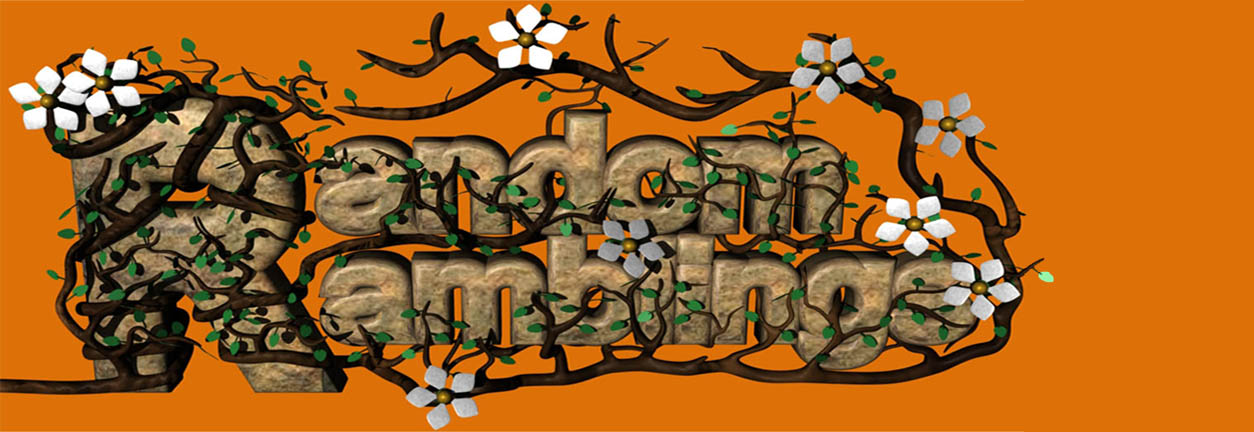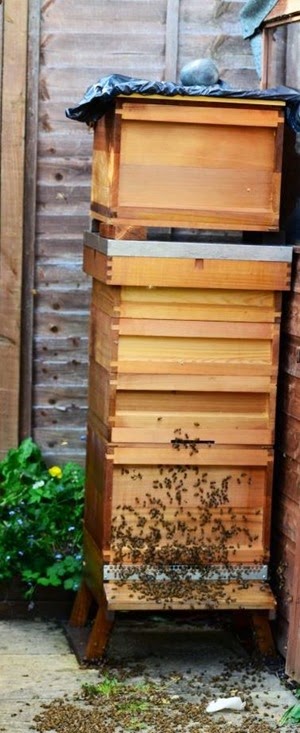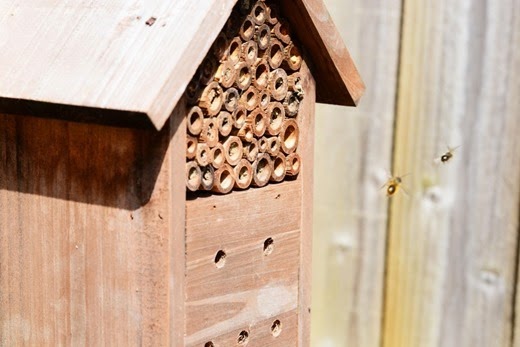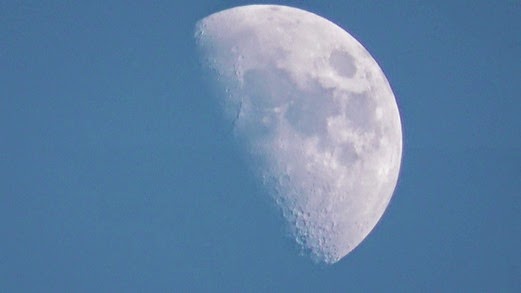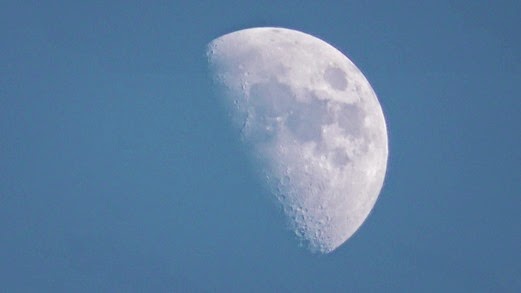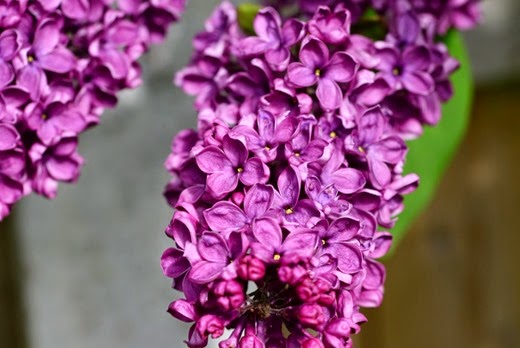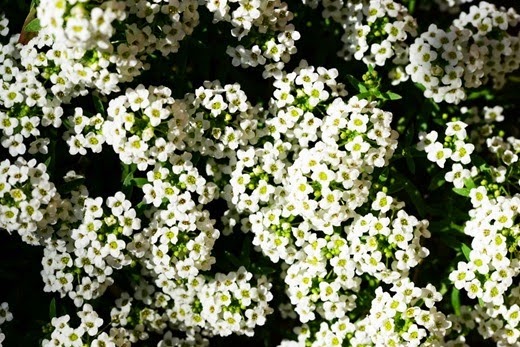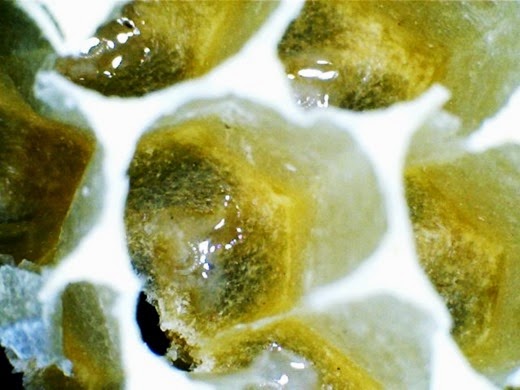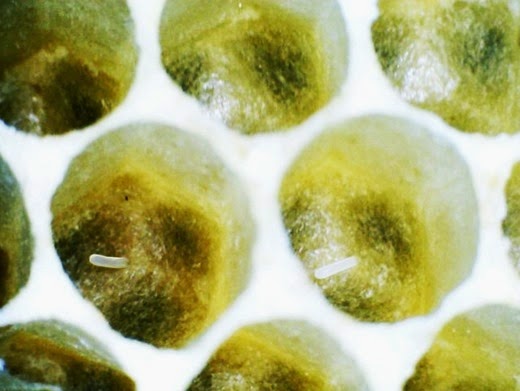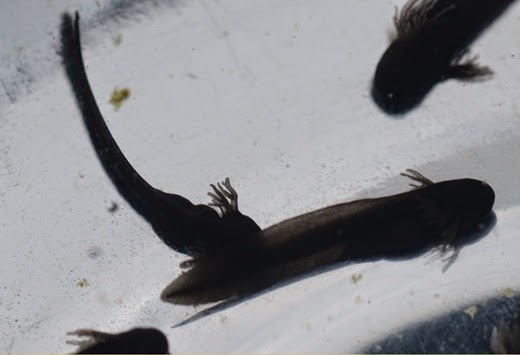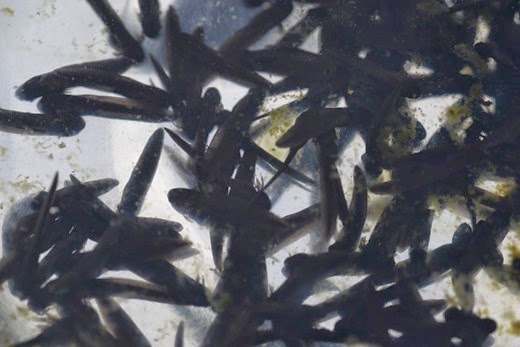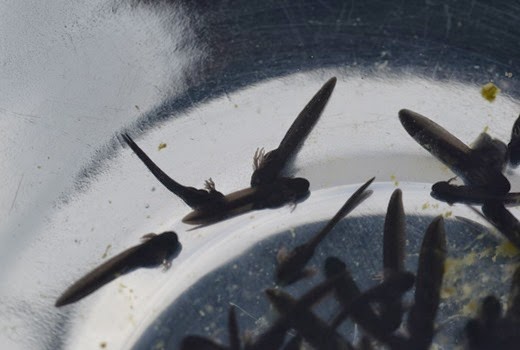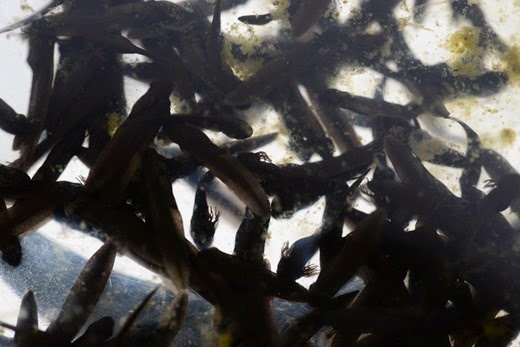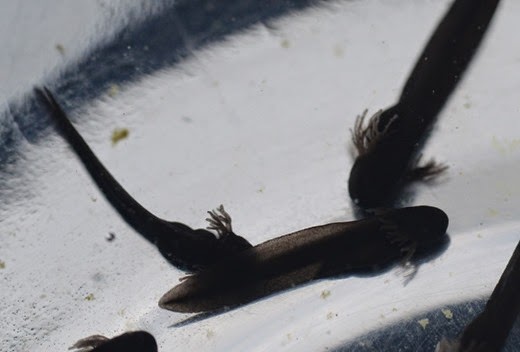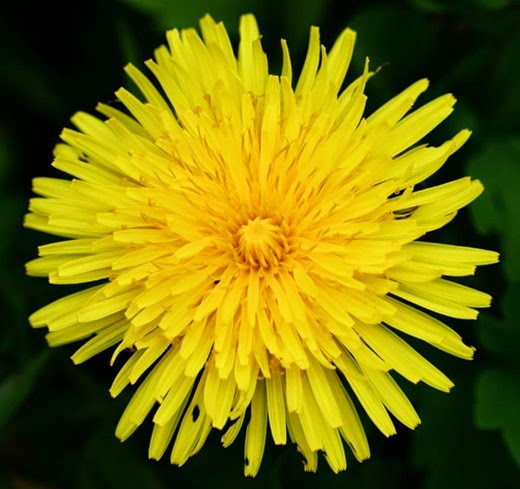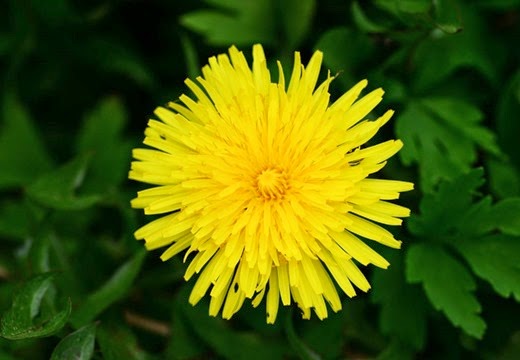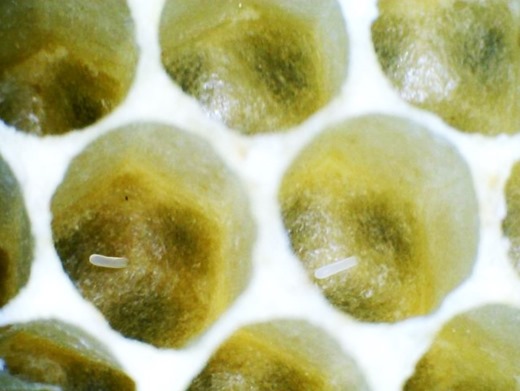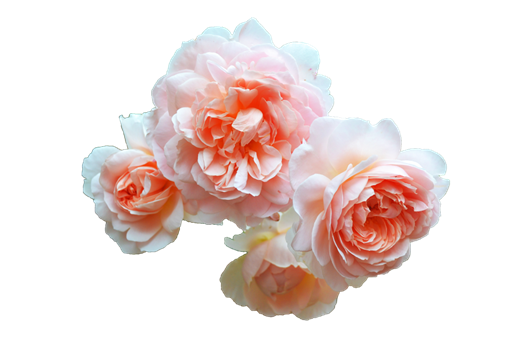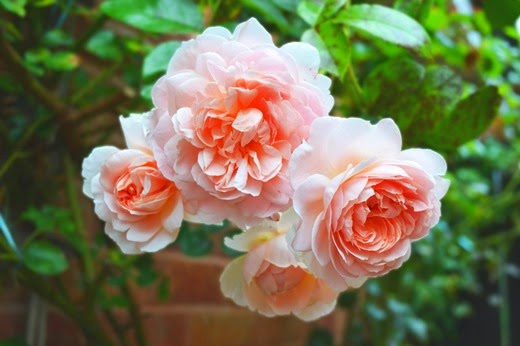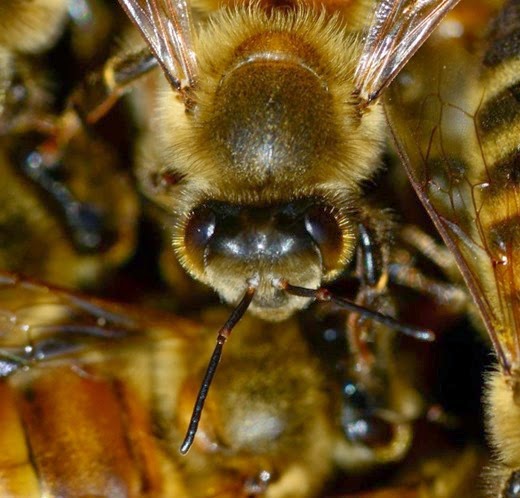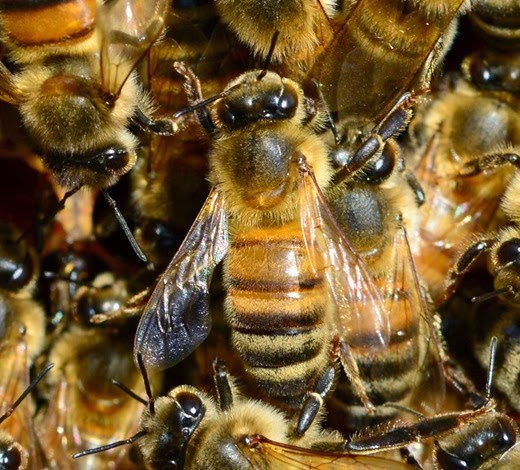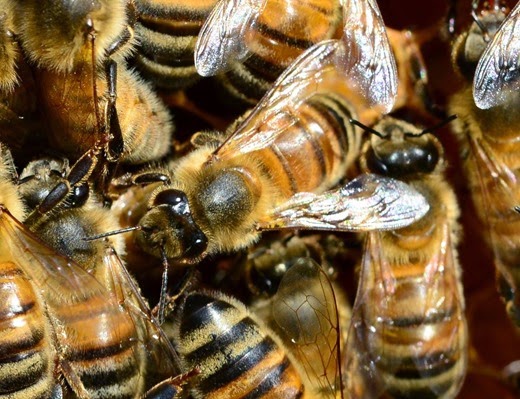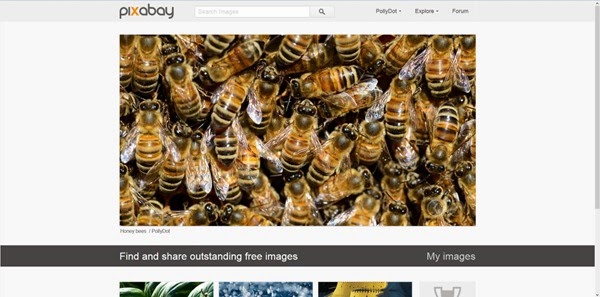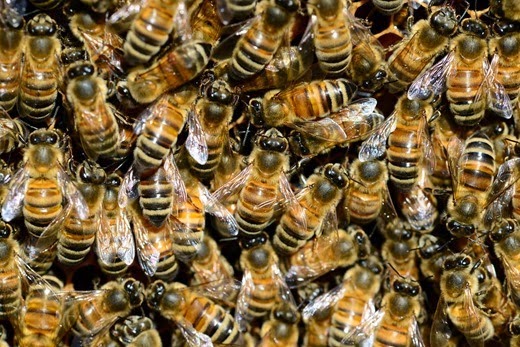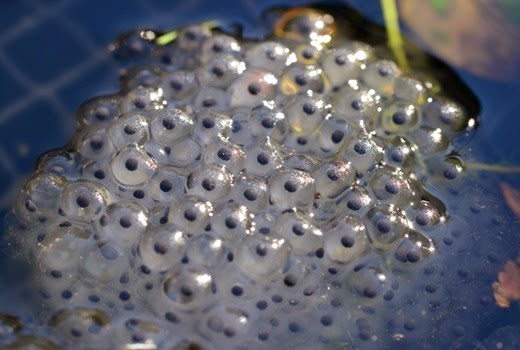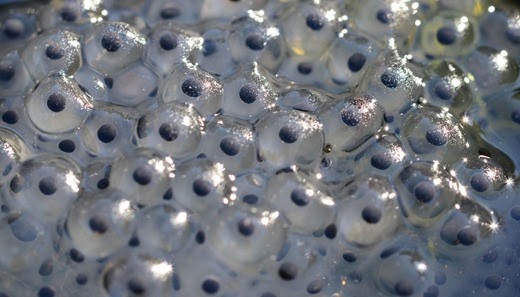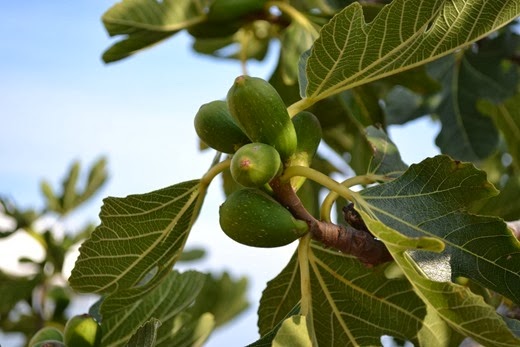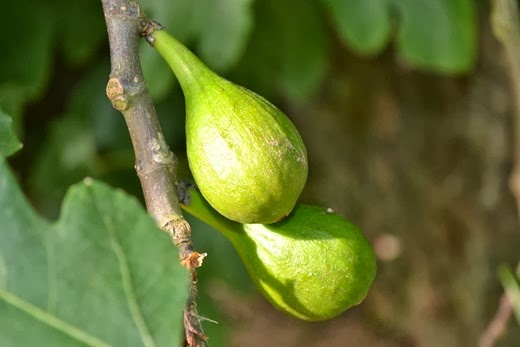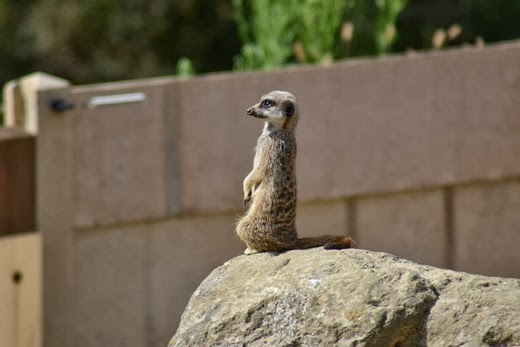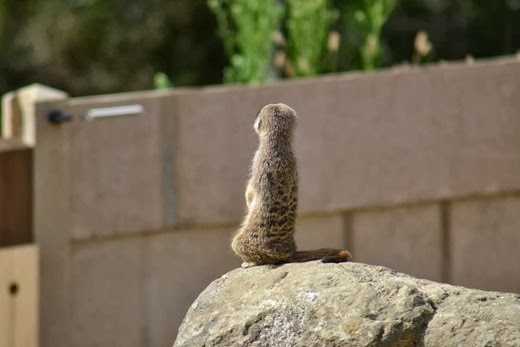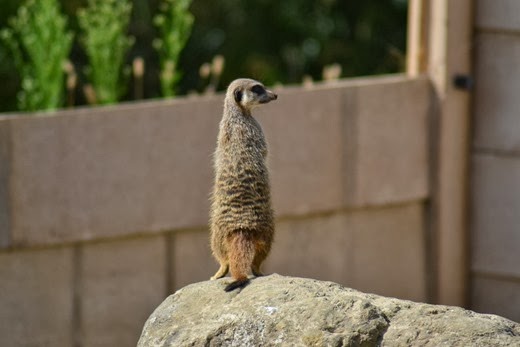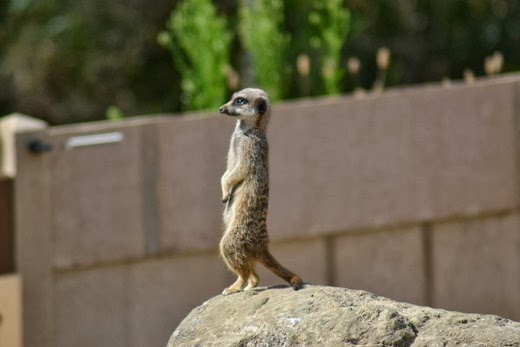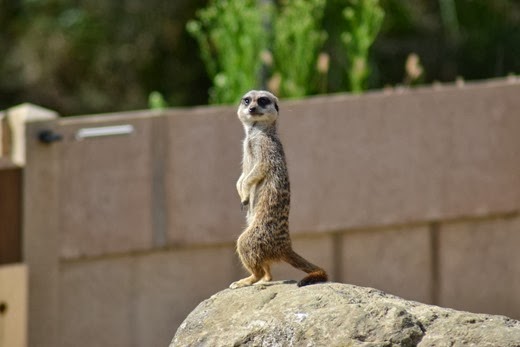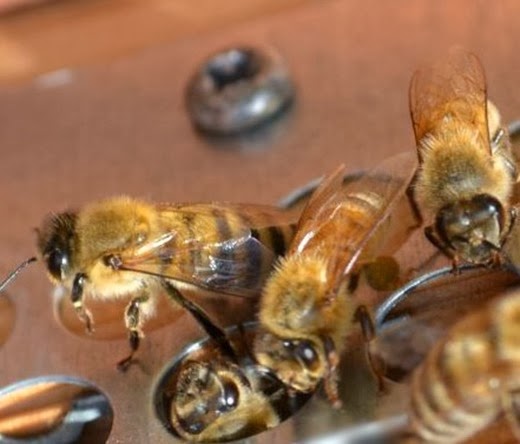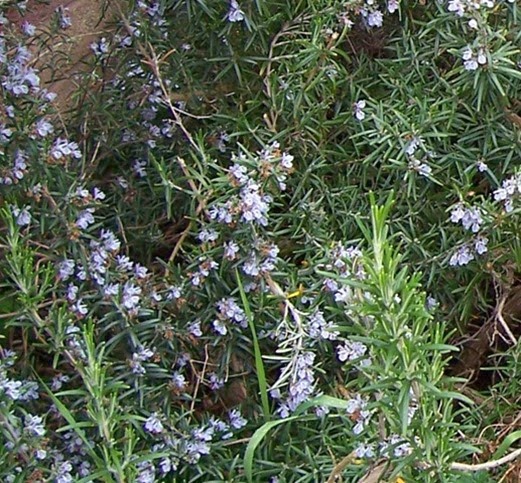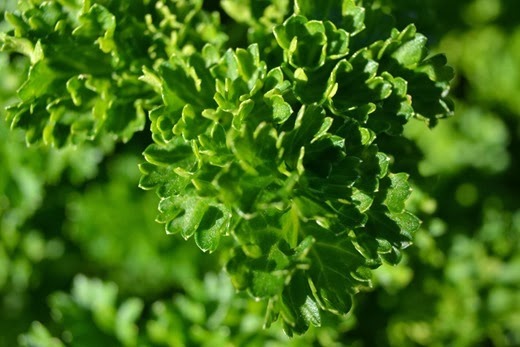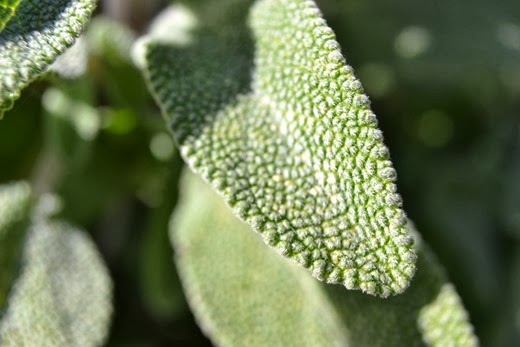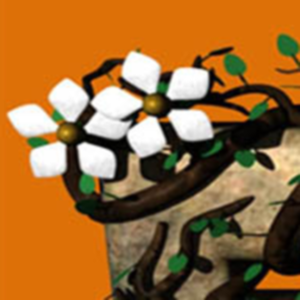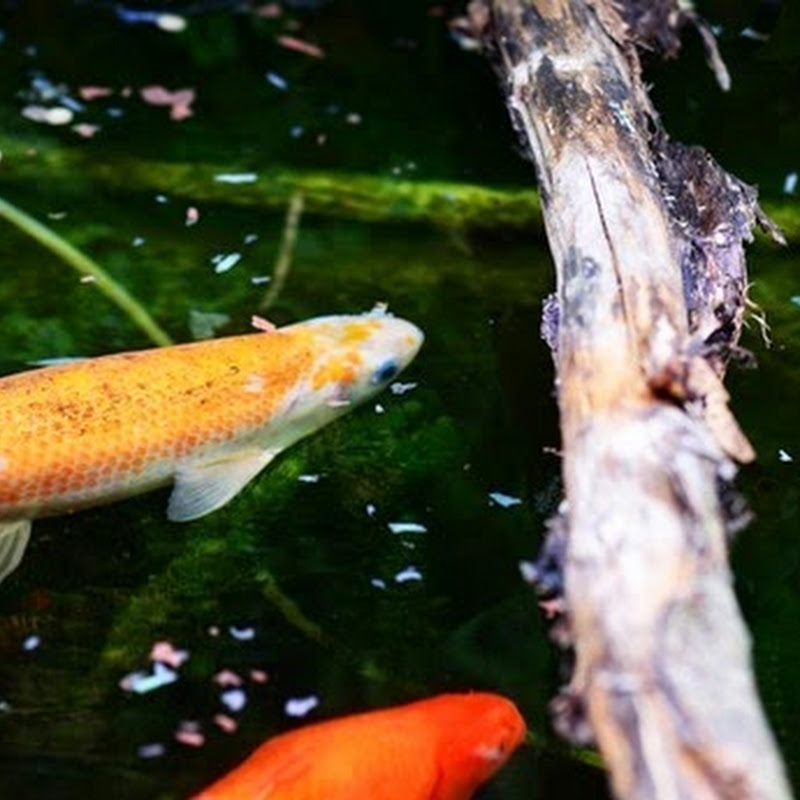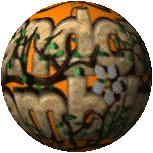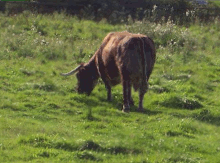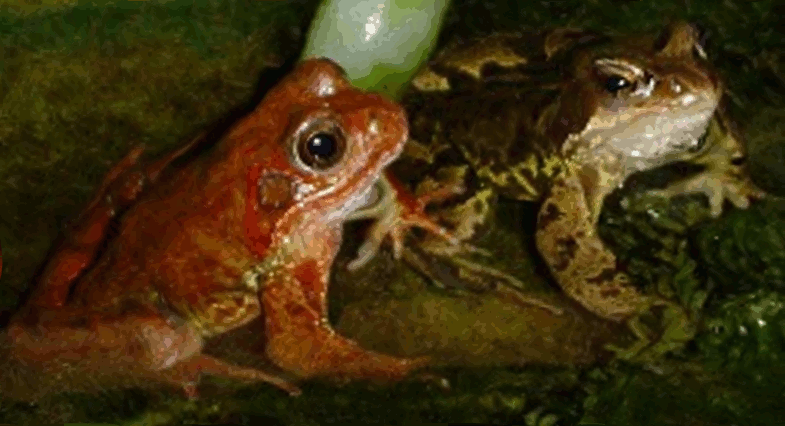A couple of years ago, whether you picked up a newspaper, magazine, health book, etc it seemed the whole world was recommending the health benefits of hemp oil and hemp seeds. I bought into this notion as well. We are all wanting when it comes to bountiful good health and life giving treasures.
I was shopping one day when I came across some of these ‘health-giving’ hemp seeds – they were hard and full (obviously packed full of their precious oil and nutrients). Some even labelled them as ‘seeds of gold’ so how could I go wrong. All I needed to do according to article after article was to crush them, perhaps with a food processor or coffee grinder, the helpful articles indicated.
Well I got my precious hemp seeds home and I tried grinding them up .. but they felt like crushed gravel, really brittle and hard. Could I really risk sprinkling them onto my breakfast or lunch? What about my teeth? The thought of cracked teeth and tooth crumbs immediately took away their health giving properties. So I put them at the back of the cupboard and forgot about them.
Last year when cleaning out the cupboard I came across them and thought to myself that I might as well throw them outside for the birds to eat. One sprouted and before I knew it began to grow. It was bound to die for the weather had turned quite chilly. It didn’t die and the other day I noticed that it was flowering. These were not hemp flowers though. So my healthy hemp seeds were not hemp seeds at all. When I realised what they were I was really thankful that I hadn’t eaten any because these were the seeds of a deadly poisonous plant!
The plant that I am referring to and came from the seed which I purchased is called a Stinking Hellebore. It is also known as Bear’s Foot and Dung Wart. It’s Latin name is: Helleborus Foetidus.
Yeasts are attracted to the plant which linger around its flower heads and helps to raise its temperature. Perhaps this is what increases its poisonous properties. It is one of those plants that require instant hand washing after touching because it leads to volatile bouts of sickness and violent and projectile vomiting and delirium.. so best enjoyed at a distance!
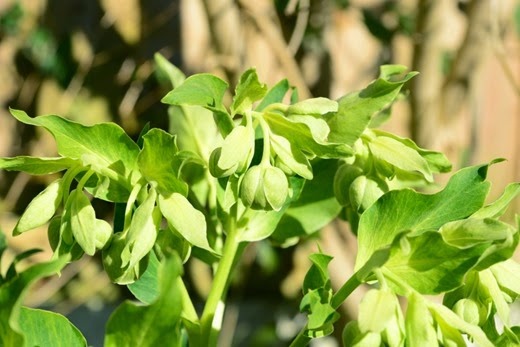
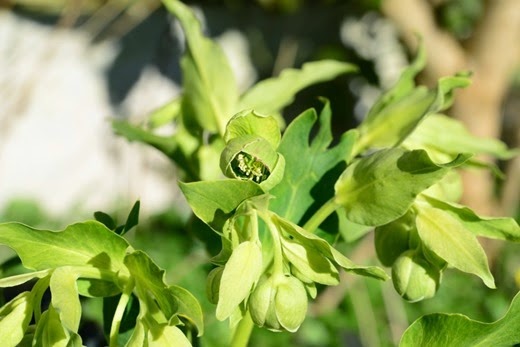
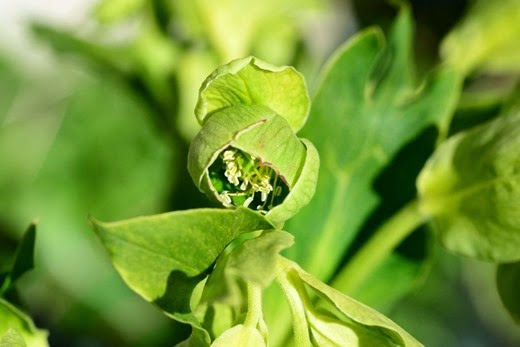
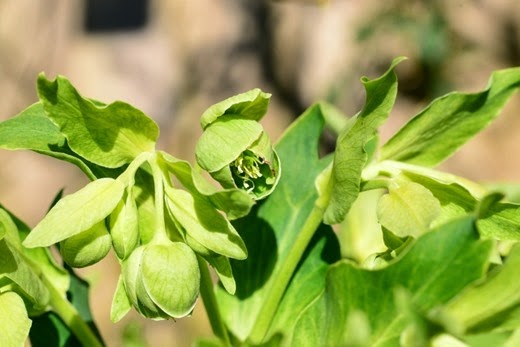
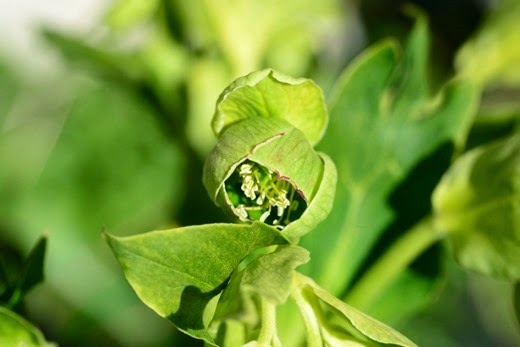
Stinking Hellebore - Helleborus Foetidus – Bear’s Foot or Dung Wart
